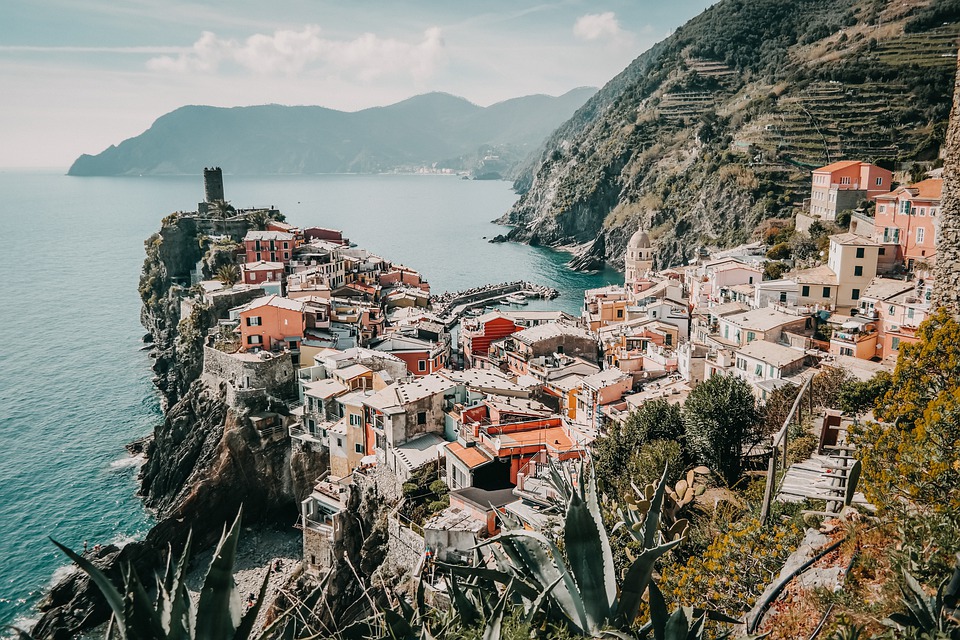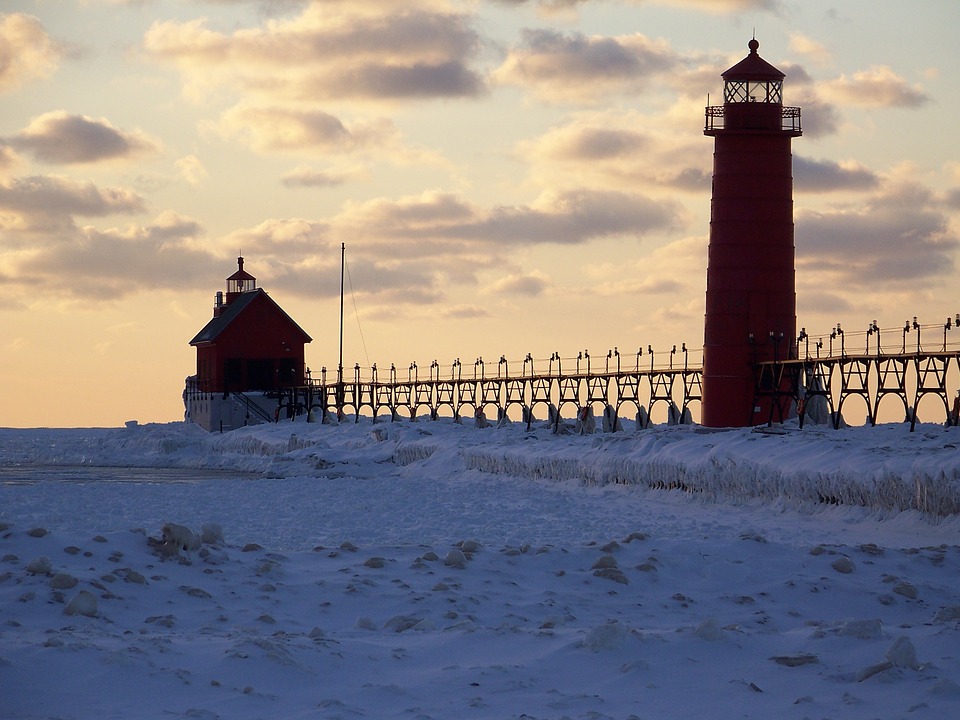Four Tips for Participating in Coastal Safety
Coastal Safety at Sea (CAS) is a comprehensive course that teaches you everything you need to know about coastal safety. This comprehensive course was developed by the International Maritime Organization (IMO) and the United States Coast Guard. This course is specifically designed to give you important safety information you will use instantly in the water, once you have been out at sea. It’s also for anybody who ships, cruises, boats or racers on either coastal and inland waters.
The number one tip in coastal safety is to never go beyond the basic safety rules. These include keeping a good lookout for any coastal hazards, as well as basic life saving measures and dealing with emergency situations as they come up. Some of the things that you should be thinking about at the time you are sailing are whether you are in an area that is dangerous or not, if there are harmful waves or currents in your path, whether you are within a shipping’s territorial waters, and if there are additional dangers along your route. The list goes on but these are some of the more common considerations when it comes to coastal safety.
Another key tip in coastal safety is that you need to deal with the weather and conditions that may pose a problem while you are out at sea. One of these conditions that can come up and threaten your life or the lives of others is rock fishing. Rock fishing is one of the leading causes of coastal deaths and a lack of adequate life jackets is the leading cause of drownings. To reduce your risk of coastal drowning deaths, learn how to properly handle and install life jackets on your boat and on any other boats you may be using.
Coastal Safety at Sea also covers an overview of drowning prevention methods. Preventing drowning can be done by improving the public education about drowning and water safety as well as encouraging everyone to take simple steps that can help lower their risk. Some of the most basic steps include raising your head off the ground and using a seat belt. Other measures include always having appropriate clothing on, maintaining eye contact with others at all times, and making sure you have current sunglasses on, as much as possible. Public education efforts such as this have been proven to decrease the number of drowning deaths at sea.
The fourth tip to consider in coastal safety is for organizations and businesses to get together and create a campaign to promote public education efforts and coastal safety. Such campaigns can include a coloring contest, a writing contest, or just having people read out loud a message about the dangers of surfing and the need for personal responsibility. A lot of businesses and organizations have already taken these measures and made significant improvements in their public safety efforts. This means that they know what works and what doesn’t, which makes it easy for them to put together a great campaign.
These are just four tips to consider in the year 2021 when choosing to participate in a Coastal Safety Month festival or any other related activity. Getting involved in Coastal Safety Month or participating in a similar event is not only good for the environment, but it’s good for business as well, since businesses stand to gain a lot from such efforts. Remember to keep your head, your hands, and your heart in line with your actions, and you’ll do everything you can to make sure you have a safe and enjoyable experience while you’re out there on the seas.


